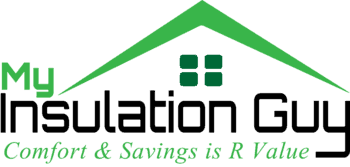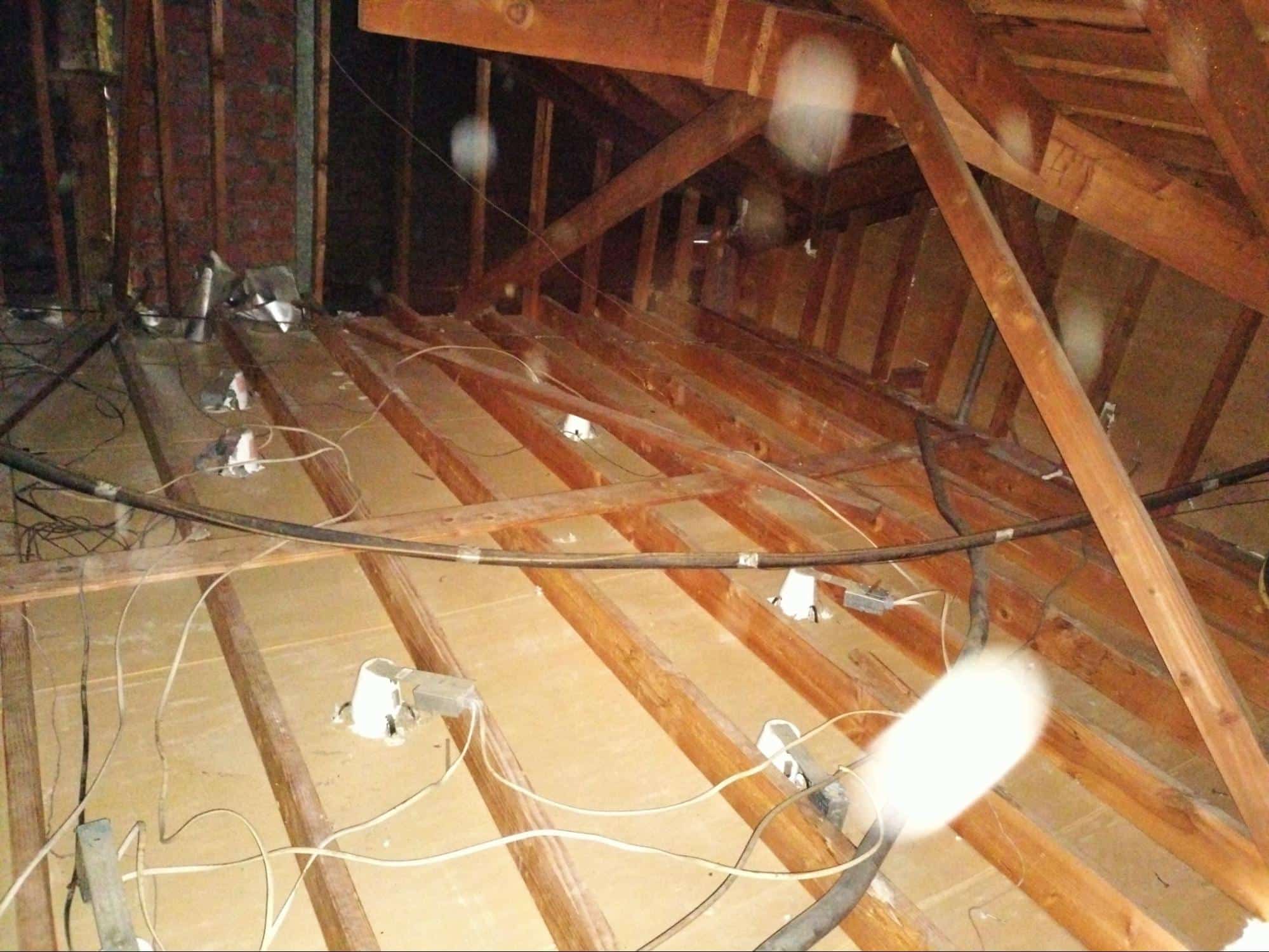Yes, insulation fiberglass is safe, as long as it is appropriately handled. However, many myths continue to scare homeowners. Let’s uncover the real truth.
Did you know? According to some estimates, proper insulation, like fiberglass, can significantly reduce heating and cooling costs (Source). It is one of the most widely used and affordable insulation materials in American homes. However, many people still wonder if it is safe.
In this comprehensive guide, we will break down fiberglass insulation, its safety, and how to use it smartly. So, don’t skip and read to the end!
Understanding the Basics of Fiberglass Insulation
Fiberglass insulation consists of delicate filament strands made from recycled glass spun into a wool-like material. It provides thermal resistance by trapping air and restricting heat flow. It can be used in walls, attics, and ceilings to maintain climate-controlled indoor temperatures.
Fiberglass insulation isn’t new and has been used for construction in American homes since the 1930s. It is popular for its affordability, effectiveness, and general availability.
It is also easy to install and provides long-term effectiveness when done correctly, which is why contractors and homeowners choose it.
Is Fiberglass a Safe Thermal Insulation Material?
Absolutely, it is a safe thermal insulation material, but precautions are important. The real issue is understanding what makes them safe or not.
Common Myths About Fiberglass Insulation
Let’s shed some light on some misconceptions that cause confusion.
Myth 1: Fiberglass causes cancer
- Fact: Fiberglass was designated as a possible carcinogen in the 1980s.
- In 2001, however, the International Agency for Research on Cancer (IARC) declared fiberglass as not classifiable as carcinogenic to humans.
- This means everyday exposure for residential uses is non-harmful.
Myth 2: It gives off harmful fumes
- Fact: Insulation fiberglass doesn’t give off harmful fumes unless it is burned at high temperatures.
- Under normal conditions, it is safe and stable.
Myth 3: Touching fiberglass is dangerous
- Fact: While direct contact can cause mild skin irritation, it is not toxic.
- Just wear gloves and protective gear while you are installing it.
Pros and Cons of Using Fiberglass for Insulation
Here’s a breakdown of fiberglass performance across key areas:
| Feature | Pros | Cons |
| Cost | Very affordable | It may cost more if installed professionally |
| Installation | DIY-friendly | Needs care to avoid skin/eye irritation |
| Energy Efficiency | Excellent heat barrier | Can lose R-value if compressed |
| Fire Resistance | Naturally fire-resistant | Not fully fireproof |
| Moisture Resistance | Dries quickly if wet | Can hold moisture and grow mold if sealed improperly |
This table shows why fiberglass insulation is still a go-to option for many.
Why Fiberglass Works for Attics and Ceilings
Attic Fiberglass Insulation Keeps Heat Where It Belongs
Your attic is one of the largest areas of heat loss. In fact, uninsulated attics could be costing hundreds of dollars in lost energy every year.
Fiberglass attic insulation reduces this loss by trapping warm air inside during winter and keeping it out during summer.
Attic insulation can result in:
- Lower energy bills
- More stable indoor temperatures
- More efficiency from your AC and heater
- Less impact on the environment
A properly insulated attic adds comfort and helps the environment.
Fiberglass Insulation for Ceilings Adds Extra Protection
Fiberglass insulation for ceilings is essential in multi-story homes or rooms under attics. Some of its benefits are:
- Blocks sound through the floors
- Stops the heat from rising
- Makes rooms quieter and more comfortable
- Enhances overall thermal performance
Don’t forget ceiling insulation. You can expect some surprising energy savings in both warm and cold months.
Choosing Energy-Efficient Insulation for Your Home
Not all insulation types offer the same efficiency.
Why Fiberglass Is Still an Energy Champion
- Has a high R-value, which is a measurement of heat resistance.
- Works well in all climates.
- Available in batts, rolls, and loose-fill is fit for any space.
Insulation should:
- Be climate zone specific (use energy.gov’s map)
- Be properly installed (gaps reduce efficiency)
- Be safe to handle
There are other options for energy-efficient insulation, such as synthetic materials like spray foam or plant-based materials like cellulose, but plain fiberglass insulation remains the number one choice for most American homes because of its general balance of cost, safety, and performance.
Tips to Safely Handle Fiberglass Insulation
Whether you install it yourself or hire someone to help you, be sure to take the following precautions:
- Wear gloves, goggles, and a dust mask
- Avoid rubbing your eyes or your skin while installing
- Ensure the area is well-ventilated
- Clean the fibers using a vacuum, not a broom
- Shower and change your clothes afterwards
If you follow these simple instructions, you can avoid any irritation and ensure that you complete the process successfully.
When to Replace or Repair Fiberglass Insulation
Insulation can settle, get wet, or lose effectiveness over time. Watch for:
- High energy bills
- Rooms that are too hot or too cold
- Pest infestations
- Moisture or mold in your attic or on walls
- Noticeable wear (e.g., tearing, gaps) in your insulation
If your attic fiberglass insulation looks dirty or compressed, it may not be performing well. You may want to consider replacing it or adding more insulation, which could greatly improve the efficiency of your entire home.
Should You Use Fiberglass in 2025?
Absolutely! Make sure:
- It is installed properly
- You are protected properly
- You follow the codes associated with building
You will enjoy:
- Lower energy bills
- More comfort
- Increased resale value of your home
- Soundproofing benefits
You can keep warm or cool without spending a lot of money. Go with a tried-and-true, safe solution: fiberglass insulation. It will not disappoint you.
Get the Right Insulation and Protect Your Home!
Want to improve the energy efficiency, comfort, and safety of your home? My Insulation Guy provides professional advice on choosing the best insulation for your home. We are accredited in fiberglass insulation for attics, insulation fiberglass for ceilings, and much more.
Visit our website or contact us for professional guidance for your insulation project. Protect and improve your home and your bank account with smart insulation. It starts with us!
FAQs
- Is fiberglass insulation safe to breathe?
Breathing large amounts of fiberglass dust could irritate your nose and throat. Use a dust mask when using it.
- Does fiberglass insulation become less effective over time?
Yes. Especially if it is compressed, wet, or dirty. If your energy bills start to rise or rooms feel drafty, it’s time to replace it.
- Can fiberglass insulation grow mold?
Only if it stays wet long enough, fiberglass doesn’t foster mold growth alone, but holds moisture.
- Is fiberglass insulation flammable?
No. Fiberglass has fire-resistant properties and does not ignite easily.
- Is fiberglass or foam insulation better?
It depends. Fiberglass insulation is cheaper and simpler to install. Foam insulation has better air sealing but is more expensive.

